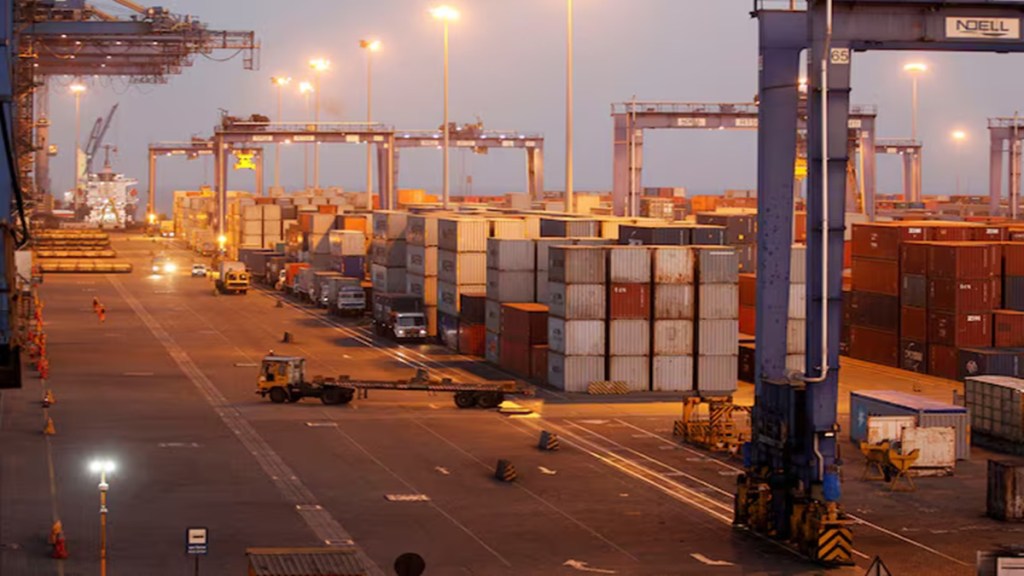Like other nations, India has to navigate through the turbulence and disruption of a global tariff war triggered by US President Donald Trump. In his address to the joint session of the US Congress this week, he criticised the high tariffs levied by India and other countries as “unfair” and announced reciprocal tariffs from April 2. “Whatever they tax us, we will tax them. If they use non-monetary tariffs to keep us out of their market, then we will use non-monetary barriers to keep them out of our market,” Trump stated. The US President’s weaponisation of tariffs should not come as a surprise to India as he ordered his administration to prepare reciprocal tariffs on trading partners headed by India barely hours before his one-on-one meeting with Prime Minister Narendra Modi in the White House last month. India hopes to negotiate a mutually beneficial, multi-sector bilateral trade agreement (BTA) this autumn to fend off Trump’s reciprocal tariffs.
Trump’s announcement of reciprocal tariffs also happened when India’s commerce and industry minister Piyush Goyal was in Washington for high-level trade talks with the US secretary of commerce Howard Lutnick and the United States Trade Representative Jamieson Greer. Prior to his departure for the US, Goyal sounded bullish on his forthcoming talks and promised a mother-of-all trade deals with the US. Since Trump singled out India’s higher than 100% tariffs on autos, India has prepared a list of items — like luxury cars, electronics, solar cells, and chemicals — where it could offer substantial tariff cuts and greater market access for US goods. Budget 2025 pre-emptively reduced import duties for electronics, textiles, bourbon whisky and high-end motorcycles like Harley Davidson. At a media event on Friday, Lutnick indicated that product-by-product negotiations could take forever, and the US wanted India to focus on a “macro, large-scale, and broad-based agreement”. “India’s market has to open up. How you do that must be smart and thoughtful when you have the most attractive partner on the other side,” he said, making clear the inflexible stand of the US on the issue.
The question naturally is whether a BTA is indeed feasible. It bears mention that in Trump 1.0 there was a willingness to negotiate a broad agreement but it did not work out as there was no follow-up on the mutual concessions to conclude such a trade deal. Both sides were not even able to ink a “mini deal” to maintain India’s benefits under the Generalised System of Preferences that ended in March 2019. Trump 2.0 wants India to eliminate tariffs on car imports under the proposed BTA — presumably to facilitate the entry of Tesla — but New Delhi is reluctant to immediately bring down such duties to zero to protect the domestic auto industry even as it considers further cuts. The US has reportedly sought a zero-to-zero tariff regime on almost all goods, barring agricultural ones. The only official reaction so far has been from Union finance minister Nirmala Sitharaman who said that India’s interests will be safeguarded in the trade talks, adding that based on the negotiations Goyal has had in Washington, “we will take a call”.
While India prepares for a BTA — and shows accommodation on specific products of interest to the US as it has done with bilateral trade policy dialogues in recent years — the big challenge is to navigate through Trump’s disruption to global trade. Looking ahead, the most efficacious strategy will be to diversify its trading relationships.

